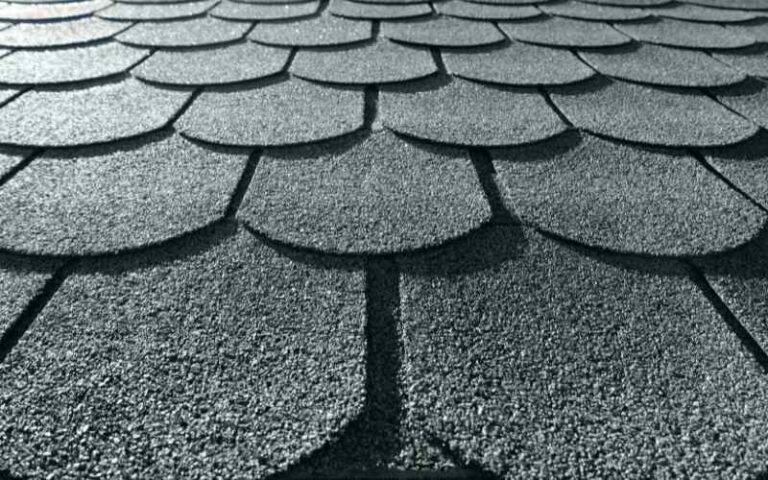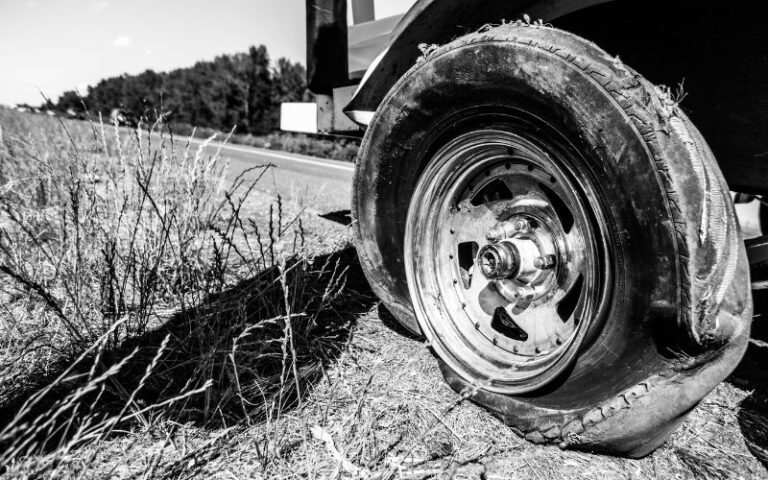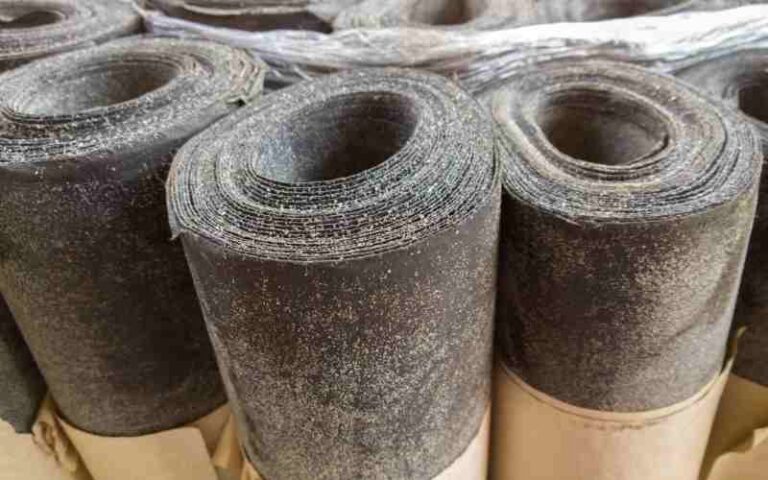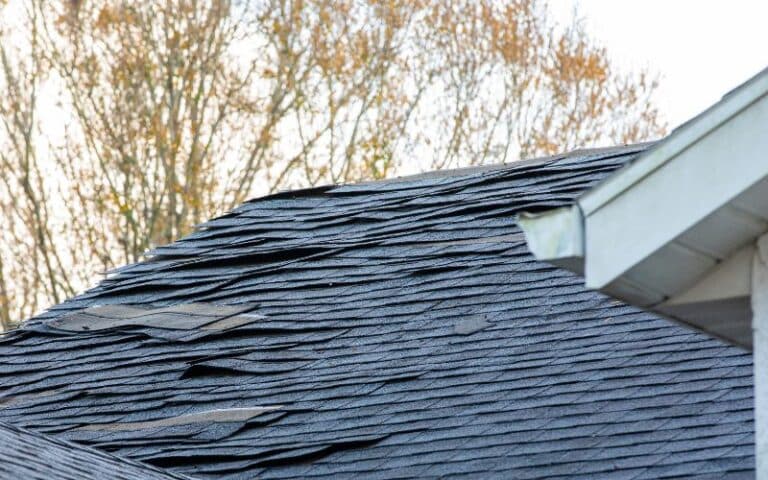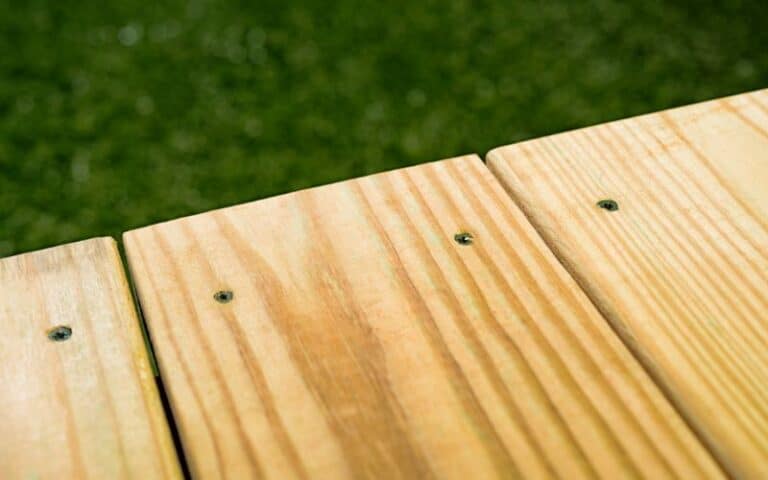Building requirements for roofing can be a bit of a hassle if you do not understand how it works. For instance, the builder’s gap is necessary for roofing.
However, if you space it wrongly, it can cause leakage in your home. Also, ensure that your roofing constructor installs a drip edge.
Though it is expensive, it can save you lots of money in the long run.
A gap between the fascia and plywood roof deck is unnecessary. However, if there is a small gap already, it is harmless. But if an opening is more expansive than a quarter-inch, there might be a problem with the roofing. Moreover, if you did not install a drip edge in your roofing, it could cause roof leakage.
Ready for a Roofing Quiz?
Should There Be a Gap Between Roof Sheathing and Fascia?
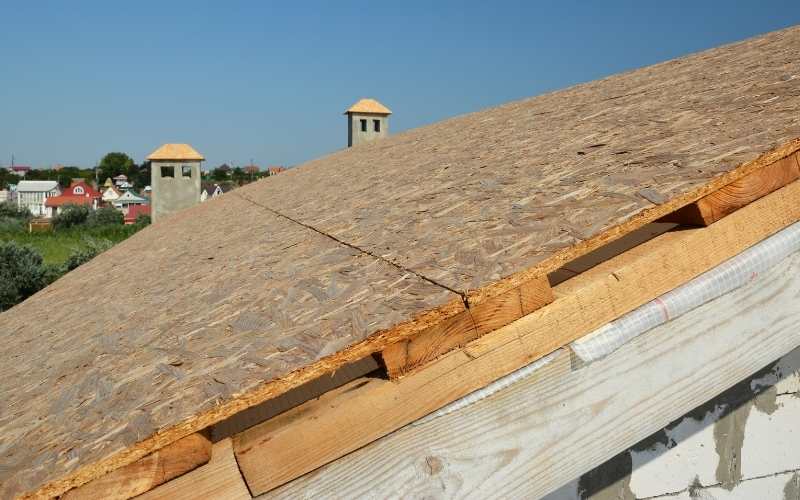
It is not uncommon to have a gap between your roof sheathing and fascia. However, the length of the hole in between should not be greater than a quarter inch.
If you notice that it is more expansive, replace the fascia and install a drip edge if you did not install one before. Ensure the drip edge extends over the fascia by one or two inches.
You may know the gap between the fascia board and the roof sheathing as a carpenter or builder.
A large gap can cause leakage and pest infestation. To remedy this, change the fascia and install a drip edge. The drip edge wraps around the fascia and keeps water from leaking into the back of the fascia.
Without the drip edge, the water from the roof can leak the sheathing edge grain, causing it to rot the fascia and sheathing. The drip edge ensures the protection of the sheathing and the facia.
However, installing the drip edge close to the fascia would lead to water leakage. Also, keep a finger width gap between the fascia and the drip edge.
These gaps, if significant, can become a gateway for rodents and other dangerous animals into your home. Therefore, seal the cracks as soon as you notice them or change the fascia board.
How Far Should Roof Sheathing Overhang Fascia?
The roof sheathing should be right on the fascia, without going an inch beyond it. If it extends far from the edge, it will interfere with the flashing.
Moreover, if you will be installing it yourself or need advice on how to install it, here are some tips:
- Place a speed square above the rafter tail. Then keep the fascia board in place until the edge of the speed square aligns with the center of the fascia board.
- Screw the fascia board in place. In this way, the roof sheathing will align with the top center of the fascia board.
- Ensure your roofer installs a drip edge before installing the sheathing.
How Do You Fill the Gap Between Fascia and Roof?
Water can infiltrate your roof if you do not carefully seal and attach fascia boards. If water leaks into the exterior walls of your home, it will cause damage that will not be visible right away.
To keep water and rodents out of your home, seal the gaps between your fascia using a caulking gun and some waterproof caulk.
Here are some of the tools you would need:
- Pressure-treated wood
- Utility knife
- Caulking gun
- Ladder
- Waterproof caulk
- Colored caulk
Tips:
- When purchasing the caulk, it would be preferable to buy a colored caulk with the same color as your fascia.
- You can also apply the caulk in nail holes. However, do not use a silicone caulk if you have not painted your fascia yet.
To apply the caulk:
- Check for damages to the fascia board. If there are rotten woods, remove and replace them with pressure-treated wood.
- Place your ladder against your fascia board to access it. First, ensure it is on level ground. Next, use a utility knife to cut the caulk tube tip at a 45° angle.
- Pierce the seal of the tube with the tool in the caulking gun. Place the tube inside the caulking gun and attach the plunger.
- Begin at the edge of the fascia board to apply the caulk. Use your finger to smoothen it after application. Keep spreading the caulk to the gap, and remember to smoothen it.
- Keep applying the caulk until you fill all the gaps.
- Continue this process and move your ladder if you have to until you have filled the gaps around the house.
What Happens When You Don’t Seal Large Gaps in Your Roof?
When you don’t seal the gaps in your roof, it can lead to leaks or rodent infestation through cracks in your wall. These constant leaks could discolor your walls, leaving permanent stains.
It can also deteriorate your walls, causing them to crumble. Significant unsealed gaps can also cause molds on your walls.
These mold growths can leave dirty brown, black stains on your walls. Moreover, the air and moisture from the gaps can increase the humidity in the house, which will reduce the insulation.
How Do You Fill a Gap Between the Roof and Wall?
Filling the gaps between your roofing and the walls is not difficult if you have the required tools. The tools needed are:
- Caulking gun
- Caulk
- Expanding Spray
- Wire mesh
- Staple gun
Below are the steps you can take to seal the gap between your wall and the roof.
#1. Consider the Factors
There are some reasons why there are gaps between your roof and wall. Some of these factors include:
- Whether it’s a new or old roof
- How accessible your roof is
- How large the gap is
- Effectiveness of the home insulation.
After considering the factors, inspect the roofing thoroughly and choose a solution that fits it
#2. Contact Your Contractor
If your roofing is new, contact your roofing contractor and relay the issue to him when you notice the defect. Go through the contract, check for an error, and then call and inquire about the gap.
This will save you the cost of paying a roofer for the repairs.
The professional will use a sealant to fix the gap. But if the roof is new, you should call your contractor to finish the job, especially if the job was incomplete.
#3. Apply Sealants
Sealants are quick fixes that can completely close the roof and wall gaps. This will keep leaks from occurring in your home.
There are two types of sealants you can use to prevent leakage. Note that silicone caulks are water-proof sealants and are best for exterior application.
On the other hand, the spray foams are for smaller gaps of about six inches. However, both sealants will close the space between your wall and your roof.
If you are applying the sealants yourself, avoid spraying the spray foam close to the lightbox and electric boxes.
#4. Add Wire Meshing
Some gaps between your roof and the wall might be there for ventilation. Hence, sealing it can cause other issues.
Therefore, instead of sealing it, use a wire mesh to cover it. This way, air will enter the house, and rodents will also keep out of your home.
Measure the length of the gap and use the measurements to cut the size of wire mesh you need for the repair. Then with the staple gun, staple the wire to seal the gap.
Ensure to check around your house to seal all the gaps between your roof and the walls. If this might be a complicated task for you, contact your contractor.
Read More: All You Need To Know Durabond For Large Gaps
Conclusion
The gap between the fascia and the roof decking is common in most homes. Although, if it is a large gap, it can be dangerous to the house, as it will be susceptible to rodents and moisture.
Install a drip edge to keep water from leaking into the sheathing. Also, consult your contractor to ensure you are on the right track.

